Arthropathy (osteoarthrosis) is a disease that causes the destruction of joints.It affects 10% of the world's population.
When osteoarthritis is diagnosed, symptoms are severe and treatment must be comprehensive.
Need to reduce stress, normal nutrition, eliminate inflammation, relieve muscle spasms.What are the characteristics of joint disease, how to judge its occurrence, and what treatment method to choose?
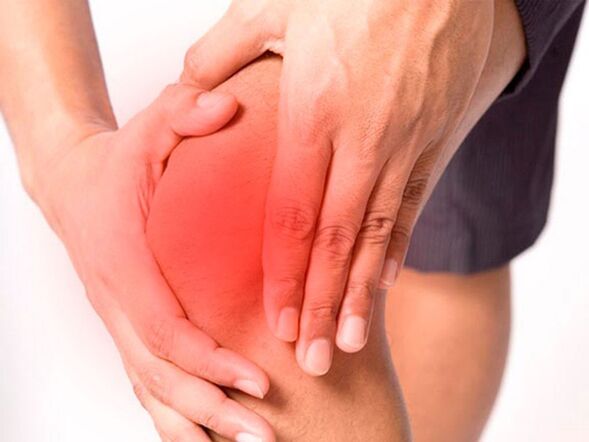
Arthropathy - What is it?
Arthropathy is a degenerative change in joint structure that is associated with pain and visible deformity.The second name used for this disease in the international classification is osteoarthritis.Let's look at why it happens and how to diagnose it.Osteoarthritis – What is it?
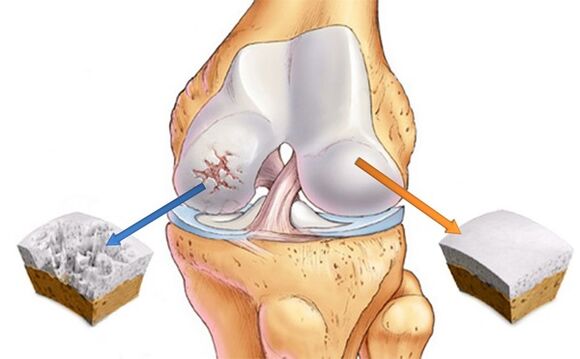
The disease begins with chondrodystrophy and its destruction.The inner cartilage layer thins, the joint loses strength, and the bone tissue becomes filled with salt and growth (to compensate for strength).
This is why joint disease is called deforming arthrosis - as it progresses, the joints take on an ugly, "twisted" shape.
There are three stages of development of deformed joints:
- Grade 1 Osteoarthritis - No obvious symptoms other than a slight crunching and periodic pain when moving;
- Osteoarthritis of the 2nd degree - accompanied by the formation of growths, the appearance of significant pain, increased chewing power, muscle weakness;
- Third degree arthropathy is called the acute form of the disease.Acute arthropathy is accompanied by the appearance of joint deformities and limited mobility.
Which joints does arthropathy affect?
Deformity and inflammation most commonly affect the joints of the lower limbs - hips, knees, toes (usually the big toe).Less common are ankles and fingers.
However, it is possible for the disease to develop in other parts of the body.
With coxarthrosis, the hip joint is affected (the cause of coxarthrosis is usually untreated congenital dysplasia).The destruction of the vertebral joints is called spondyloarthrosis, and the destruction of the knee joints is called knee arthrosis.Damage to multiple joints is called polyarthrosis.
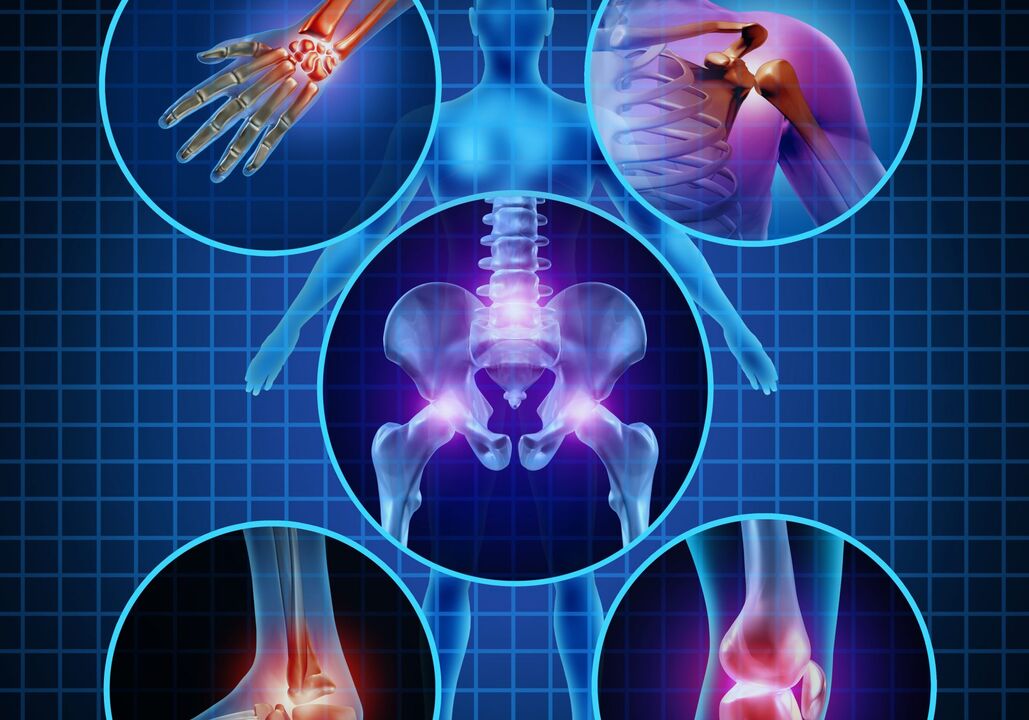
Symptoms of polyarthrosis are the severity of the systemic condition, the generality of the process, simultaneous curvature and pain in several joints (legs, arms, fingers, spine).
Inflammation in polyarthrosis spreads asymmetrically, affecting different bones and joints in different ways.Once polyarthrosis is diagnosed, the duration of treatment will vary.
Causes of Arthropathy
Arthropathy develops for two reasons: stress and a lack of adequate nutrients that provide vitamins and minerals for tissue repair.Everyone experiences stress on their joints.For athletes and dancers, the load on the legs is greater when performing physical work, which means that the bones and joints wear out faster and require high-quality nutrition.If you live a quiet lifestyle, the supports wear out more slowly, but regular tissue renewal is also required.
Therefore, the main condition that causes joint damage and deformation is malnutrition and the inability to absorb useful ingredients, which often occurs due to metabolic disorders.
We list factors that contribute to joint wear and tear and metabolic disorders:
- Muscle weakness and improper loading of joints.Weakness in one or more muscles increases the load on the joint and causes the load to be distributed unevenly within the bone joint.In addition, flat feet and scoliosis also cause improper loading of the muscles, so these "harmless" conditions can lead to the wear and tear of cartilage tissue with age and the development of joint disease.
Strenuous physical activity increases the likelihood of joint disease.
If the daily load exceeds the capacity of bone tissue, they developMicrotrauma.Thickening occurs at the injured site, and over time, this thickening can deform the joint;
- Metabolic disorders (gastrointestinal diseases - bile stagnation, dysbiosis, gastritis, cholecystitis, pancreatitis, metabolic diseases - diabetes);
- Psychosomatic causes – Psychosomatics of arthropathy confirm that negative emotional states also become the cause of the disease.Stress can cause muscle spasms, and continued stress can destroy nutrients in all tissues (viscera, bones, joints);
- Heredity (the type of metabolism and its possible diseases are hereditary, muscle weakness or a tendency to improper formation of bone organs, indigestion - this is the basis for the development of joint diseases in the elderly).
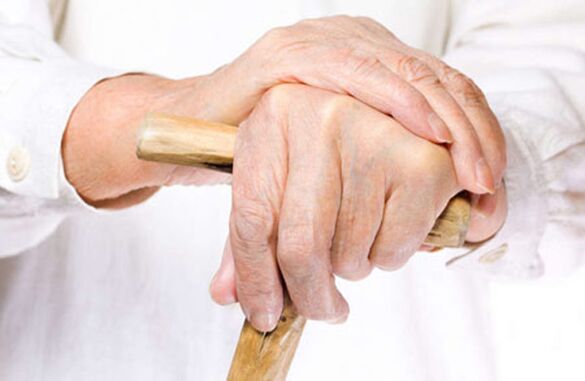
Arthropathy is a disease of joint wear and tear in which the joints lose their bulk mineral supply and their ability to withstand stress and damage.
Therefore, susceptibility to disease increases with age.70 years later one in two pensioners will be diagnosed with joint disease.Since the greatest load falls on the legs (people move - walking, standing, running, jumping), this is where the first signs of arthrosis develop.
Symptoms of Arthropathy
Joint disease can be diagnosed by a number of painful symptoms - pain, swelling, crunching.
Symptom #1: Pain
The main symptom of the disease is joint pain.Its appearance is related to the formation of deformation and growth of the joint capsule.
If you have joint disease, pain symptoms may worsen with movement and decrease with rest.
Or appear in uncomfortable positions and disappear when you choose a position that is comfortable for your legs and joints.In this way, arthropathy differs from arthritis, which, on the contrary, causes pain more frequently at night, while resting, and less during the day while "pacing".
At the beginning of the disease, pain occurs periodically (accompanied by movement or uncomfortable postures).As the disease progresses, people experience pain more frequently and become more intense.It even gets to the point where rest doesn't relieve the pain and the joints ache even while resting.Since circulation is already compromised at this time, the joints become "sensitive" ("twisted," painful) to weather changes.
Symptom 2: Crunching sound
Creaking occurs due to the loose alignment of the bones in the diseased joint relative to each other.
However, healthy joint capsules (weak ligaments, inherited joint mobility) may also experience slight creaking.
Joint tightening is characterized by growth.Over time, it intensifies, becomes larger, and becomes more pronounced.
Symptom 3: Joint deformation and decreased mobility
This symptom appears as the disease progresses.It progresses with increasing pain and is associated with the growth of salt accumulation that prevents the joint from fully flexing and straightening.In the later stages of the disease, deformities become apparent.First, the joint swells, then a "lump" appears, an unhealthy curvature develops, and the joint capsule "twists."
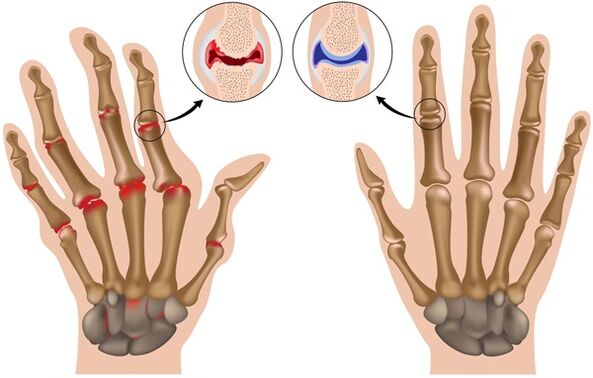
Treatment of Osteoarthritic Joints
Treatment of joint diseases (osteoarthrosis) is based on two assumptions - the elimination of stress and the provision of adequate nutrition to the joints.How to treat osteoarthritis to achieve sustainable improvement and prevent cartilage destruction and bone tissue degradation?Deformed joints are treated with complex methods.Patients are prescribed pills, injections, heat packs and physical therapy.
When osteoarthritis is diagnosed, treatment cannot be one-sided.
You can't just nourish cartilage tissue or relax muscles with chondroprotectants.One-sided measures will not help combat such a serious disease.
How to properly treat joint disease?During treatment, several treatment areas are chosen:
- drug treatment: Take medicine, injection, blockade.For joint disease, treatment with tablets, powders, and capsules provides the body with cartilage protectors.Preparations containing chondroitin enhance collagen synthesis, thereby nourishing and restoring cartilage tissue.These are glucosamine and chondroitin sulfate.They are produced in the form of tablets, capsules or powders for the treatment of joint diseases.They are helpful in the initial stages of the disease but lose effectiveness in advanced conditions (when the cartilage is almost completely worn out or destroyed).In this case, the patient undergoes surgery (endoprosthesis) to replace the damaged joint with artificial tissue.Injections of anti-inflammatory and analgesic ingredients (i.e., blockers) are also prescribed.and injected into the joint.In the event of arthropathy, with their help, gel is introduced into the bone joints, simulating intra-articular fluid as well as analgesics and anti-inflammatory substances.
Injecting into the joint ensures that the drug reaches the center of inflammation.
The use of such injections can reduce the number of pills required to treat joint disease.Additionally, a vitamin-mineral complex nourishes the tissues.
- exercise therapy.For joint disease, the treating physician will select a set of gymnastics exercises that can be performed independently at home.You can learn how to perform these exercises during an exercise therapy session at your clinic.
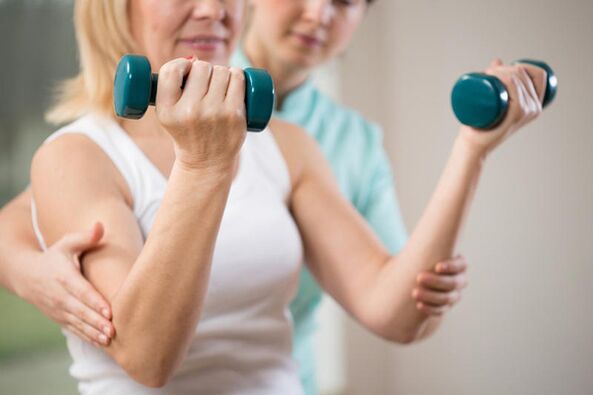
Gymnastics for the treatment of arthrosis helps to restore muscle tone and eliminate one of the causes of the disease - weakness of muscle fibers;
- Physical therapy.This includes shock wave therapy (destroys large salt deposits, normalizes blood flow, activates own collagen synthesis), oxygen therapy (fills joints with oxygen), massage (relaxes muscles and reduces load on joints), electrotherapy, wave technology;
- diet food.When osteoarthritis is diagnosed, the course of the disease depends on nutrition.For osteoarthritis, do not include any nightshades (potatoes, tomatoes, bell peppers, eggplants) in the diet.Additionally, arthritis nutrition limits alcohol, sugar, baked goods, candies;
- Use additional amplifier(Orthopedic bras to support joints - orthotics);
- Alternative therapies.These include acupuncture (acupressure on reflex points that activates blood flow to certain parts of the body), homeopathy and leech therapy.
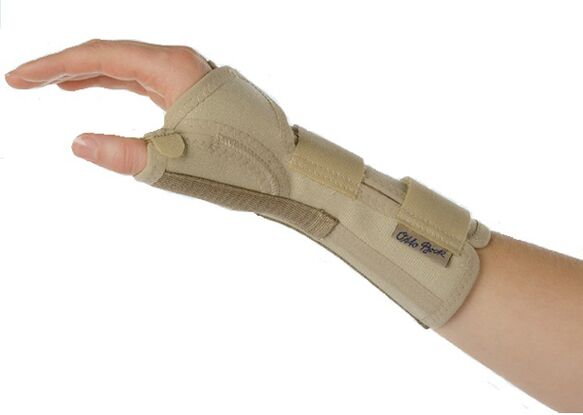
For the successful treatment of arthropathy, it is necessary to apply the entire complex process of the listed procedures and measures for several months (from 4 to 7 months).
Who Treats Arthropathy
Which doctor is an expert in treating joint disease?We've listed experts who can help you effectively:
- A rheumatologist is a doctor who uses treatments (tablets, injections, physical therapy);
- An arthrologist is a doctor who specializes in diagnosing and treating joint disease, mastering both conservative and surgical treatments. Unfortunately, this is a rare specialty;
- Orthopedic Surgeons - Most often work with patients on an outpatient basis, but in specialized research facilities, orthopedic surgeons perform surgical treatments;
- Therapists and surgeons are doctors available at any clinic; you will need to contact them to get a referral for initial examination and treatment.
Treatment of joint diseases with folk remedies
What can you do yourself?When joint disease is diagnosed, at-home treatment with folk remedies can often reduce pain and preserve mobility.
Arthropathy is often treated with gelatin (which the body uses to restore cartilage tissue).
Prevent osteoarthritis
Preventing deformity osteoarthritis includes the following measures:
- load limit;
- Massage after physical activity;
- A complete healthy menu with vitamins, minerals, enzymes and bacteria (fermented dairy products), carbohydrates, fats and proteins;
- Control excess weight.
When osteoarthritis is diagnosed, the course of the disease depends on preventive measures, nutrition, and the presence of physical (emotional) stress.
Prevention of this disease is recommended for people whose work and daily activities cause increased stress on their joints.Also available for persons over 45 years of age.
Arthritis is easier to prevent than to treat.It is easier to maintain joint health than to recover from cartilage tissue destruction.






















